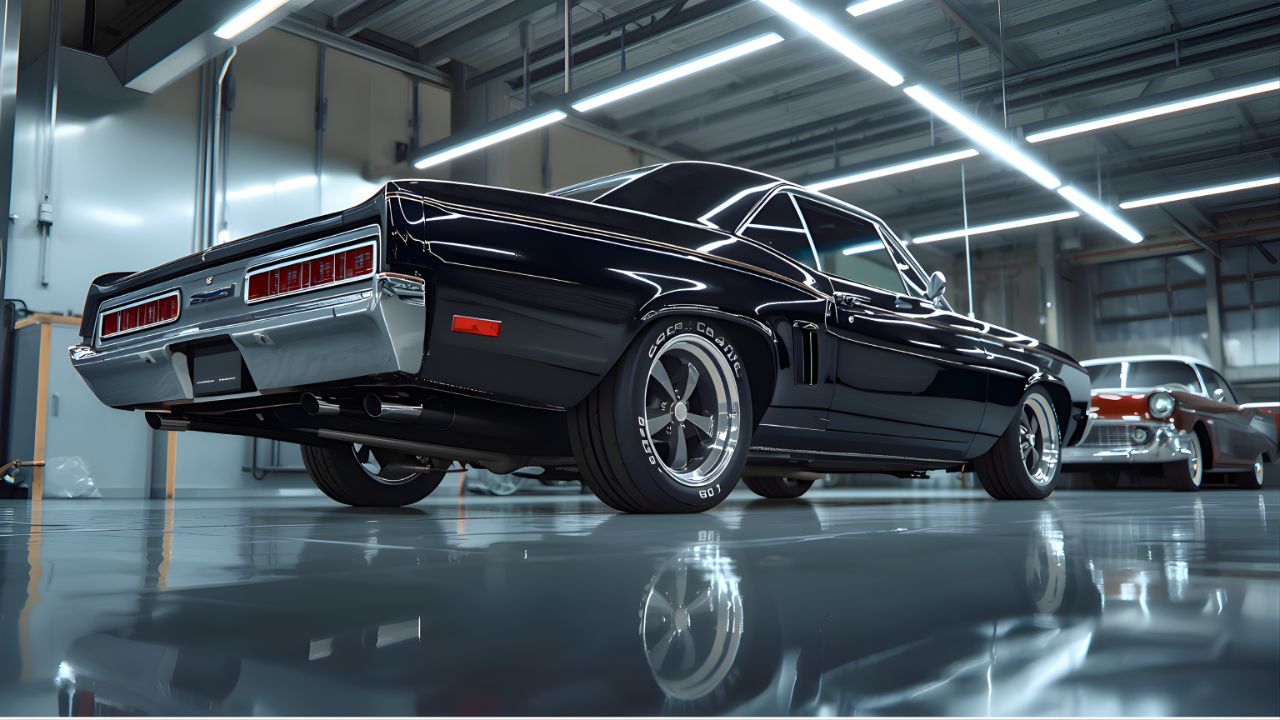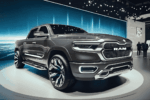In the early 1960s, American car design was at a crossroads. Muscle cars were beginning to roar, chrome still ruled, and European luxury coupes were gaining admiration for their sleek lines and refined engineering. Into this landscape arrived the 1963 Buick Riviera a car that didn’t just compete with its European counterparts, but redefined what American luxury could look and feel like. It wasn’t a copy of anything. It was a statement.
The Riviera was born from a desire to create something distinctly American yet globally respected. Buick’s designers, led by Bill Mitchell, envisioned a personal luxury coupe that could stand shoulder to shoulder with the likes of Jaguar, Mercedes-Benz, and Ferrari not in raw performance, but in presence, comfort, and style. The result was a car that turned heads in Paris as easily as it did in Detroit.
Design That Dared to Be Different
The 1963 Riviera’s design was unlike anything else on American roads. It was crisp, angular, and restrained an antidote to the excesses of the era. The body featured sharp creases, a low-slung profile, and a wide stance that gave it a commanding presence. There were no tailfins, no exaggerated curves, just a clean silhouette that looked modern and timeless.
The front end was particularly striking, with hidden headlights tucked behind clamshell doors and a bold grille that stretched across the nose. The rear was equally elegant, with subtle chrome accents and taillights integrated into the bumper. It was a car that looked expensive without shouting, a rare quality in American design at the time.
Inside, the Riviera continued its quiet revolution. The cabin was driver-focused, with bucket seats, a center console, and a dashboard that wrapped around like a cockpit. Materials were rich but not gaudy wood veneer, brushed metal, and soft leather. It felt like a car built for someone who appreciated luxury but didn’t need to flaunt it.
Engineering That Matched the Looks
Under the hood, the Riviera came standard with a 401-cubic-inch “Nailhead” V8 engine, producing 325 horsepower. It wasn’t a sports car in the European sense, but it had more than enough power to move with authority. The engine was paired with a smooth-shifting automatic transmission, and the car’s suspension was tuned for a balance of comfort and control.
The Riviera rode on a unique cruciform frame that allowed for a lower floor and roofline without sacrificing interior space. This contributed to its sleek profile and helped it handle more like a European GT than a traditional American cruiser. Power steering and power brakes were standard, and buyers could opt for features like air conditioning, power windows, and even a tilt steering wheel luxuries that were still rare in many European cars.
Driving the Riviera was an experience in refinement. It didn’t roar or rattle. It glided. The steering was precise, the ride composed, and the cabin quiet. It was a car that made long drives feel shorter and city traffic feel less chaotic. It wasn’t about speed it was about serenity.
A Quiet Challenger to European Prestige
What made the 1963 Riviera truly special was its ability to challenge European luxury without trying to imitate it. While Jaguar offered the E-Type and Mercedes had the 220SE Coupe, the Riviera carved its own niche. It was larger, yes, but it was also more comfortable, more affordable, and arguably more stylish. It offered a distinctly American take on personal luxury one that emphasized ease, elegance, and presence.
European critics took notice. The Riviera was praised for its design, its proportions, and its interior sophistication. It didn’t have the racing pedigree of a Ferrari or the engineering precision of a Porsche, but it didn’t need to. It was a different kind of luxury a car for grand boulevards, not winding mountain passes.
In many ways, the Riviera anticipated the rise of the grand touring coupe as a lifestyle vehicle. It wasn’t built for track days. It was built for weekends away, for arriving in style, for making a statement without saying a word.
Cultural Impact and Lasting Legacy
The Riviera quickly became a symbol of tasteful success. It was the car of choice for executives, artists, and anyone who wanted to stand apart from the crowd. It appeared in films, music videos, and magazine spreads. It was aspirational, but attainable a rare combination in the automotive world.
Buick sold over 40,000 Rivieras in its first year, a strong showing for a brand-new model in a niche segment. The car’s success helped pave the way for future personal luxury coupes like the Ford Thunderbird and the Cadillac Eldorado. But none matched the Riviera’s blend of restraint and charisma.
Today, the 1963 Riviera is considered a design icon. Collectors prize it not just for its rarity, but for its purity. Later models added more chrome, more bulk, and more complexity. But the original remains the most beloved a car that got it right the first time.
Why It Still Matters
The Riviera’s story is more than just automotive history. It’s a reminder that great design doesn’t have to be loud, that luxury can be personal, and that American cars can stand proudly on the world stage. In an era of increasingly similar vehicles, the 1963 Riviera remains a beacon of individuality.
It also speaks to a time when car companies took risks. Buick didn’t play it safe with the Riviera. They built something bold, something beautiful, and something that didn’t fit into any existing category. And they were rewarded for it.
Driving a Riviera today is like stepping into a time capsule not just of style, but of philosophy. It’s a car that asks you to slow down, to appreciate the details, and to enjoy the journey. It’s not about horsepower or lap times. It’s about grace.
Final Thoughts
The 1963 Buick Riviera wasn’t just a car. It was a turning point. It showed that American manufacturers could build vehicles that were not only powerful and comfortable but also genuinely beautiful. It proved that luxury didn’t have to be European to be respected. And it gave drivers a new way to experience elegance one that still resonates more than sixty years later.
Whether parked at a curb or cruising down a coastal highway, the Riviera continues to outshine expectations. It’s not just a classic. It’s a benchmark. And for those who know, it’s still one of the finest coupes ever made.



